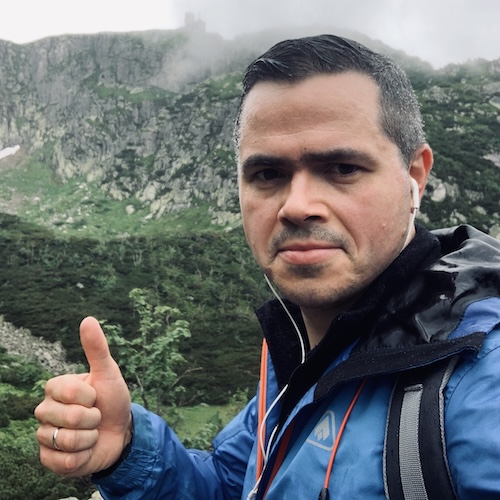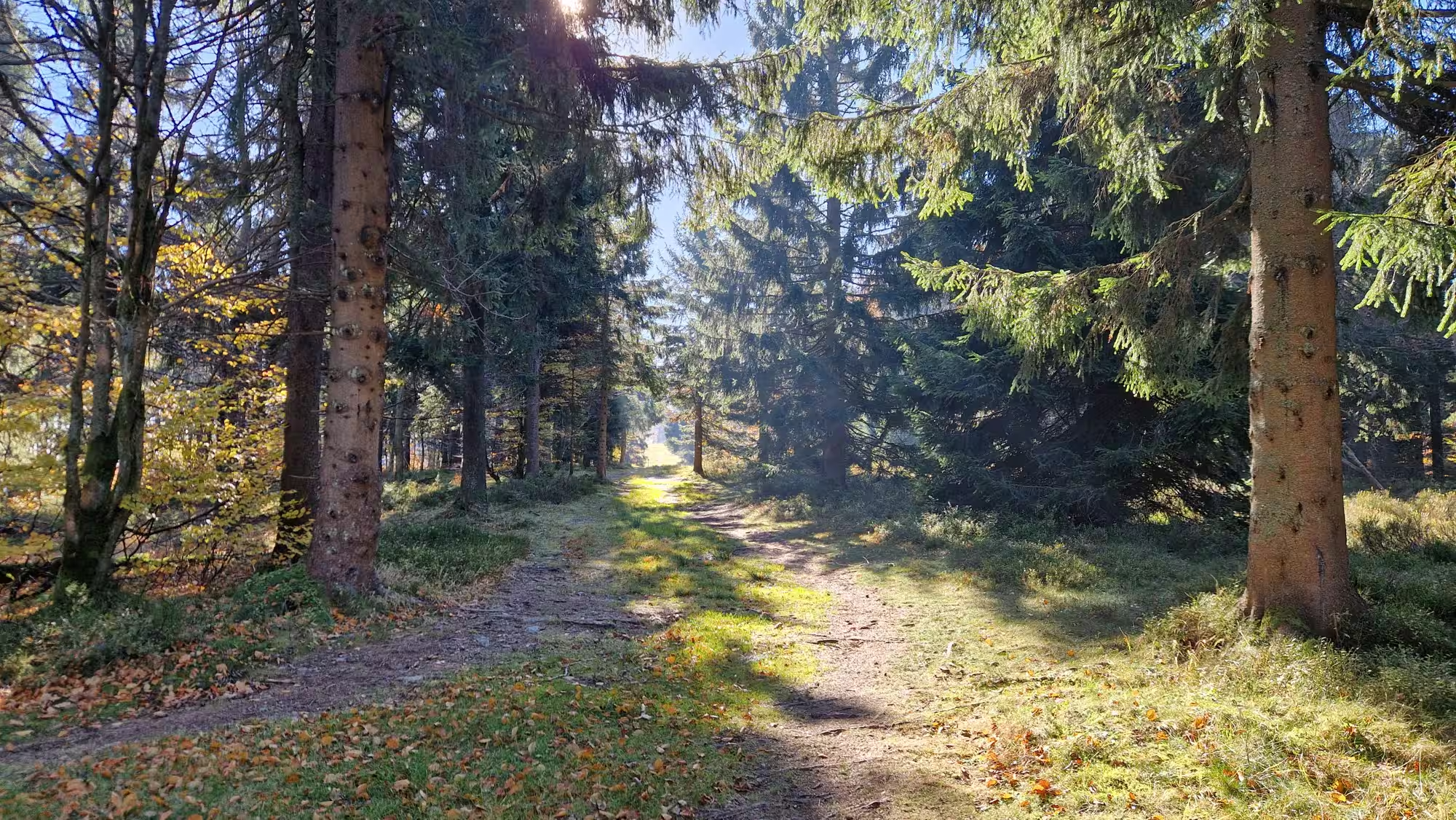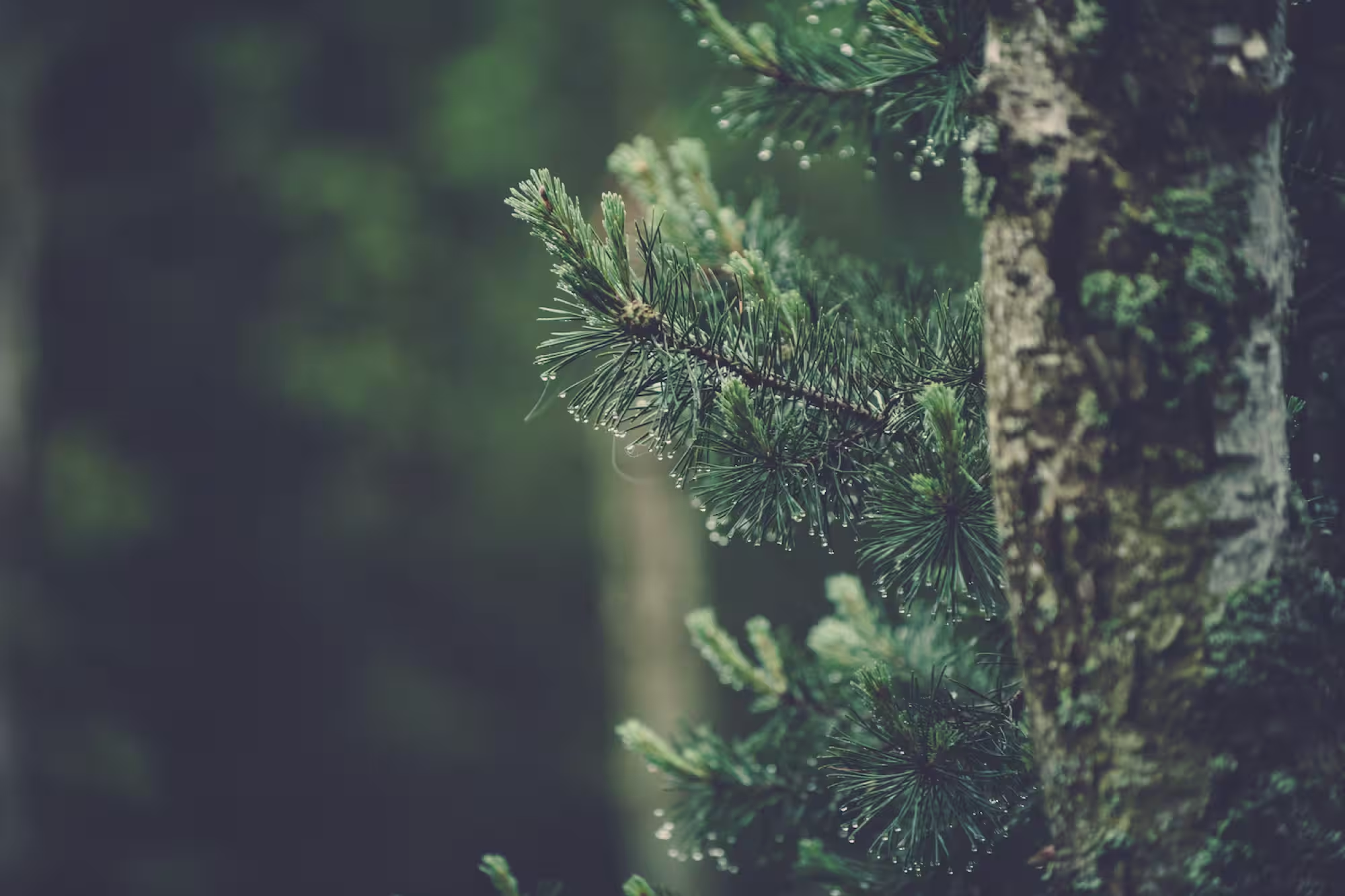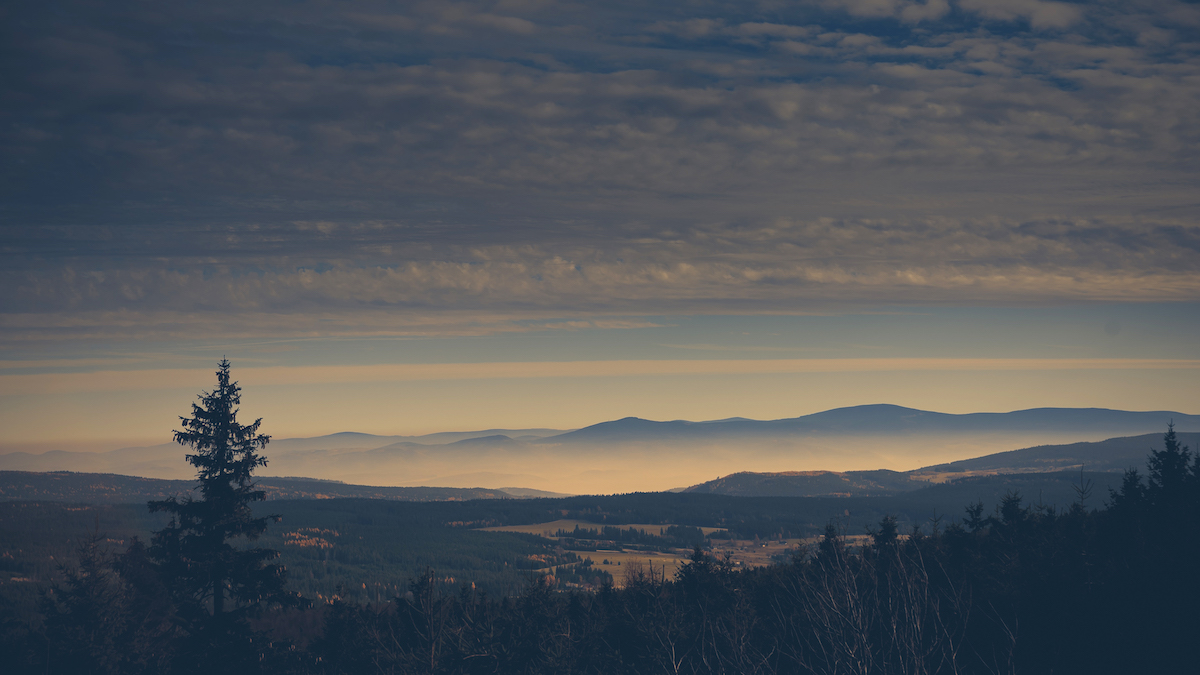Before you hit the slopes: GOPR lifeguard on safety in Zieleniec
Table of contents
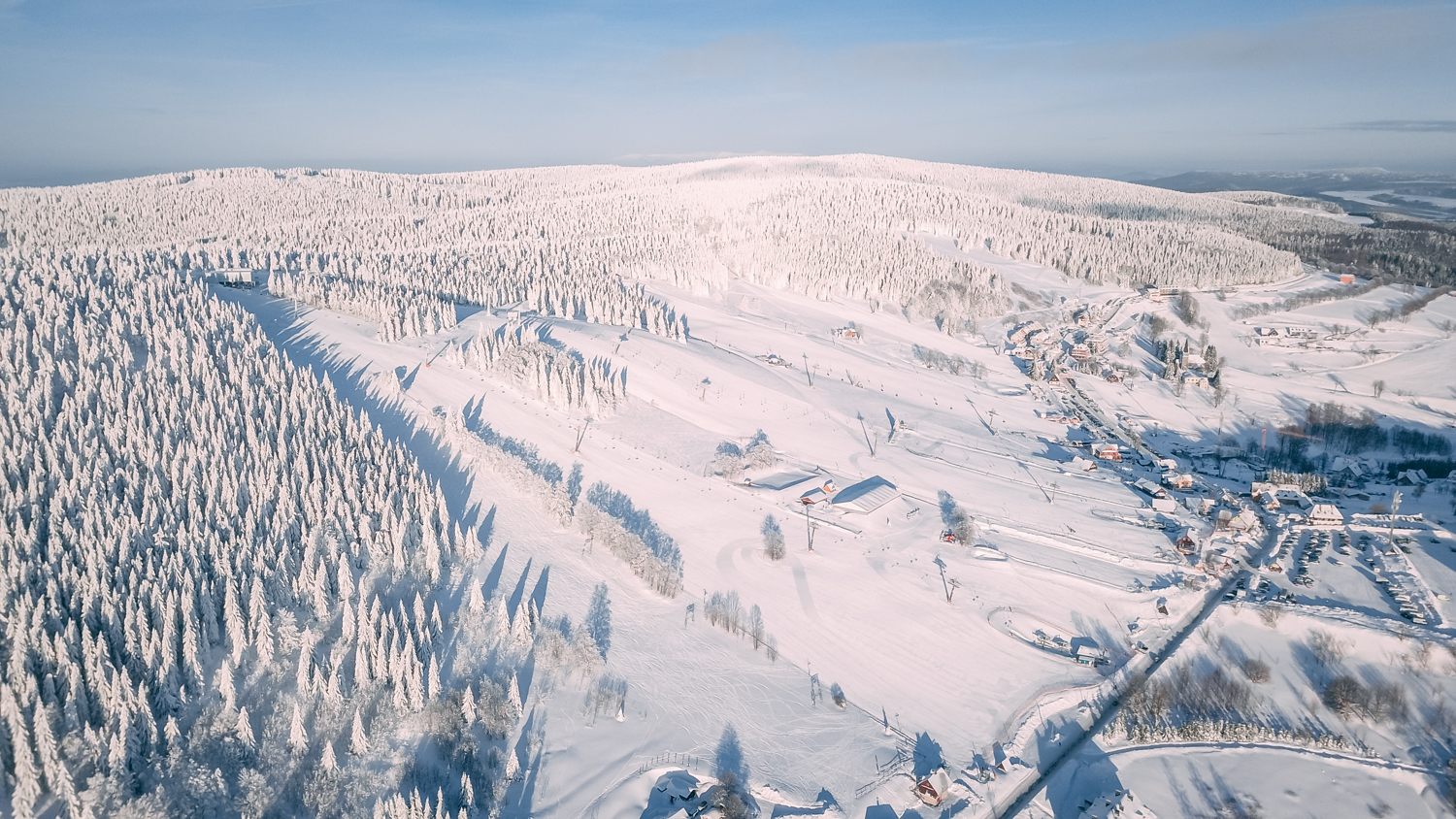
We talked about safety on the slopes, the Wałbrysko-Kłodzko Group GOPR and the GOPR station in Zieleniec with Andrzej Kwiatkowski - senior mountain lifeguard, ski duty manager at the Zieleniec Ski Station, professional lifeguard of the Wałbrysko-Kłodzka GOPR group and ski instructor.
Szymon Matuszyński: Mr. Andrzej, how is the ski rescue organized in the Zieleniec Ski Station? Who cares about the safety of skiers and snowboarders coming to Zieleniec? What assistance can people who have an accident on the slope expect on the spot?
Andrzej Kwiatkowski: The presence of GOPR Rescuers in Zieleniec has been taking place since the beginning of the existence of the Grupa Wałbrysko-Kłodzka GOPR (1976). Over the decades, the organization of rescue operations has been changed many times. The current form of rescue is the result of the implementation of the Law on Rescue in Mountains and Organized Ski Areas in 2012. The aforementioned document imposes on ski area owners the obligation to provide ski rescue — this is a key change because until now ski rescue was a GOPR task carried out as part of the general rescue in the mountains (and was financed by the State).

Currently, rescue activities on organized ski areas are financed and organized by the Ski Area Manager (manager). There are eight independent lift owners in Zieleniec. Each of them signs an agreement with the Wałbrysko-Kłodzka Group GOPR every year, commissioning the organization of ski rescue. The agreements signed with all managers allow for the operation of one central ski rescue station covering the ski areas of Zieleniec. The shifts are performed during the working hours of the lifts, ie from 9:00 to 21:00. Four GOPR lifeguards, who can operate in two independent trip teams, take care of the safety of skiers and snowboarders.
Rescuers have at their disposal modern equipment (quads on tracks, scooters, medical equipment) to protect and quickly evacuate people who have suffered an accident on the slope.It is also worth mentioning the well-organized radio and telephone communication for the rapid transmission of information about accidents. GOPR has launched a special emergency number (721462154) in Zieleniec, which is used only for notifications.
The number is placed in all promotional materials of Zieleniec, maps, websites, in guesthouses as well as special boards located on the territory of the ski resort. About 50% of applications reach rescuers thanks to this number. In addition, rescuers are equipped with radio communications. Portable GOPR radios are also located in Winterpol's lift stations.
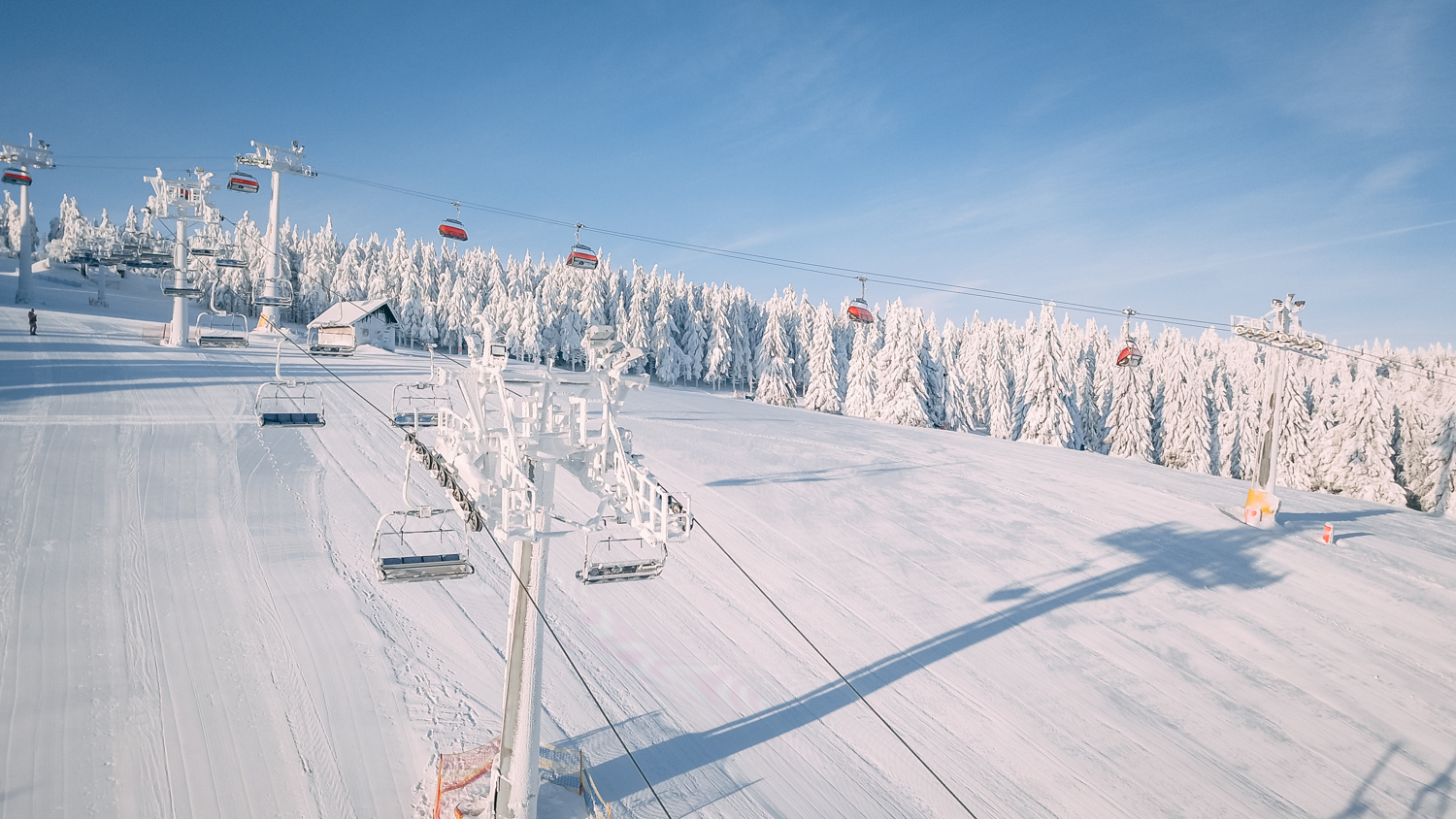
People who have suffered an accident can count on professional first aid and evacuation from the slope. Rescuers also run an outpatient clinic, to which those affected with minor injuries can report in person. In addition, people who have suffered accidents not related to skiing/snowboarding can count on the help of GOPR. Every year rescuers intervene many times in tourist accidents in Zieleniec, in sledges, in guesthouses/hotels.
On average, how many people are assisted by Lifeguards on duty at Ski Station Zieleniec during the high season?
Unfortunately, the number of ski accidents is increasing every year. Until ten years ago, it was about 150-200 interventions per season. In recent years we have seen a very dynamic increase in the number of accidents. And so: in the 2014/2015 season there were 370 accidents, 2015/2016 — 476 accidents, 2016/2017 — 506 accidents and the 2017/2018 season is already more than 600 interventions.
What periods of the season, times of day or weather conditions are the most busy for Lifeguards? When are there the most accidents?
In the season, we can talk about more “accident” periods, but this is related exclusively to the number of people on the slopes. Most interventions Rescuers take during the Christmas and New Year period and during the winter holidays (6 weeks). During the individual days we observe a certain dependence. We usually intervene between 12:00 and 15:00 and in the evening from around 19:00. Perhaps the reason is the wrong distribution of forces by skiers, who can ride for hours without interruption and when they are tired they get injured more easily.We find it difficult to find a relationship between weather conditions and the number of accidents.
It seems obvious that in bad weather conditions it is easier to get into an accident, but on the other hand skiers are more attentive — especially in Zieleniec where fog is a frequent phenomenon. At the same time, in nice weather, good visibility, skiers feel more confident and ride faster. I think we have a certain balance here and it is difficult, in the case of downhill skiing, to make the number of accidents dependent on weather conditions.
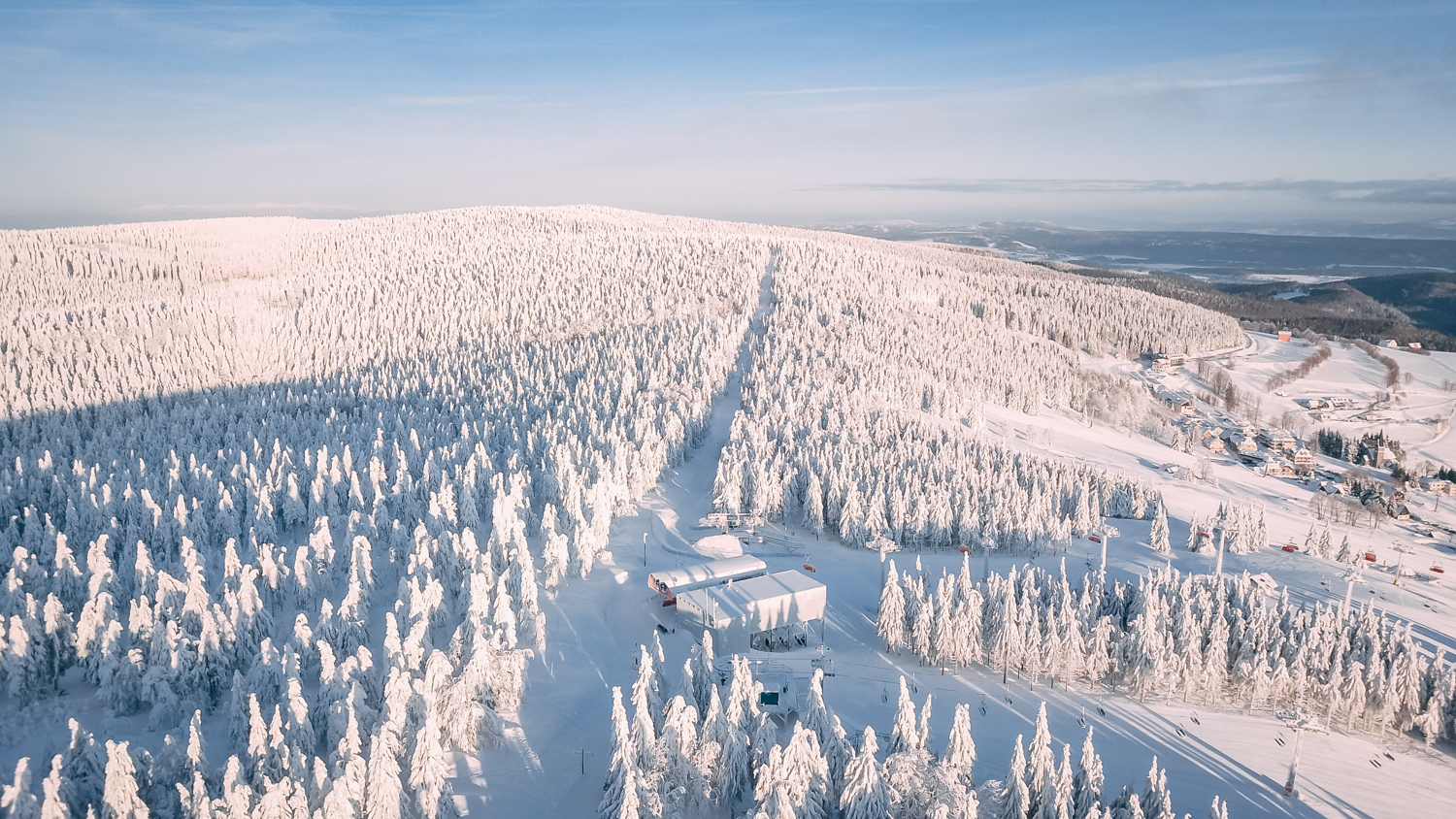
Are there particularly “accident” places in Zieleniec?
It's hard to say. There are several places in Zieleniec with a narrower downhill route, steeper or more crowded places, but does this affect safety? It all depends on the skiing and snowboarding skills of the riders. Accidents occur on very different sections of routes from the easiest to the more difficult ones.
What are the most common causes of accidents on the slopes of Zeleniec?
You can say “river theme”... the truth is that how many accidents have so many causes. It is difficult for me to point out one main one. Rescuers upon arrival at the scene primarily deal with the condition of the injured person - they rarely have time to analyze the cause. Personally, I see only one relationship: I would put a sign of equality between the number of accidents caused by objective hazards (external, for example, adverse weather conditions) and subjective (due to the fault of the skier, for example, lack of skills).
How should you behave when witnessing an accident on a slope?
We often talk about this topic during various meetings with skiers, at lectures or when publishing materials. Also on the Internet or in literature we can find a lot of information on this subject. I think every conscious skier knows perfectly well how to behave. Let me recall only the most important aspects:
- when going on a ski trip, you should find out if there is a rescue service at a given ski resort, and how to communicate with it (telephone numbers, where the duty is performed),
- show interest — when we see a person lying in the snow, let's go up and ask if everything is okay,
- if the condition of the injured person requires it, we notify the emergency service working on the extract in question,
- Let's remember our own safety,
- over the injured we stick the skis crosswise or we stand alone signaling to other skiers to be careful,
- if we feel strong, we can provide basic first aid ourselves,
- We stay with the victim until the emergency services arrive.
Thank you for the conversation!
.avif)
